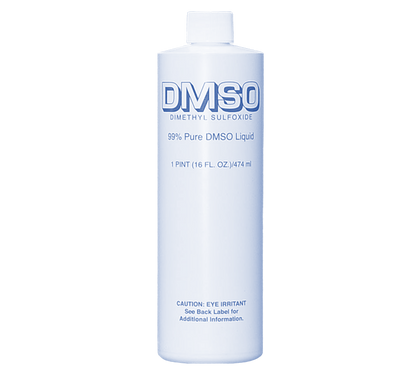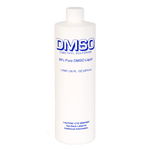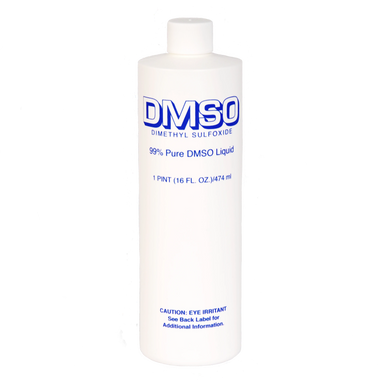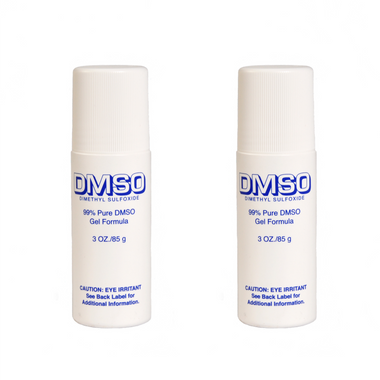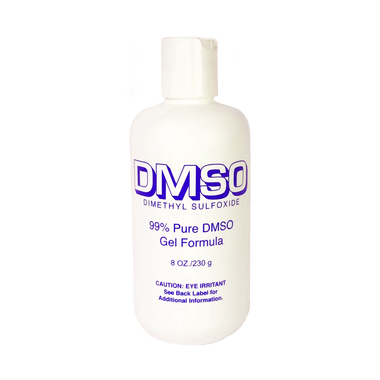DMSO, or dimethyl sulfoxide, has been making waves in various industries for its potential applications. While many are familiar with its uses, few understand its origins, especially the intriguing process of extracting DMSO from trees. This article dives into the fascinating world of DMSO production, revealing each step of its journey from the tree to the shelf.
DMSO and Its Connection to Trees
Before we delve into the manufacturing process, let's briefly discuss DMSO's connection with trees. DMSO is derived from lignin, a natural polymer present in trees, particularly in softwood species like pine. When these trees undergo processing, especially in the paper-making industry, a byproduct known as "black liquor" emerges. This very byproduct serves as the starting point for DMSO production.
Step-by-Step Process of DMSO Extraction:
-
Pulping Process: The journey starts with the pulping of wood chips. In this phase, wood chips undergo chemical treatments that break down their cellulose fibers. This separation process results in the creation of "black liquor."
-
Concentration and Recovery: To extract the essential components from the black liquor, it's subjected to a concentration process. After this, the concentrated black liquor is burned, leading to the emergence of "crude sulfate turpentine."
-
Distillation: This crude sulfate turpentine undergoes distillation, which segregates its components. Among these components, we find dimethyl sulfide (DMS), a precursor to DMSO.
-
Oxidation: The DMS extracted from the previous step is then exposed to an oxygen-rich environment, prompting its oxidation. This crucial phase transforms DMS into DMSO.
-
Purification: But the journey isn't over. Raw DMSO needs purification to ensure it meets industry standards. Various methods, including distillation and crystallization, are employed to purify DMSO and eliminate contaminants.
-
Packaging: After achieving the desired purity level, DMSO is ready for packaging. Depending on its intended application – be it industrial or medicinal – DMSO is then bottled or packaged accordingly.
Why DMSO? Understanding Its Importance
The significance of DMSO isn't just limited to its manufacturing process. DMSO stands out as a potent solvent compatible with a wide range of organic solvents and water. Its ability to easily penetrate the skin has spurred interest in its medicinal potential, especially as a carrier for drug delivery. Furthermore, DMSO's industrial applications, such as in antifreeze production and certain paint formulations, make it an invaluable compound in various sectors.
Final Thoughts
From the sturdy trunks of trees to a versatile compound, DMSO's journey is an incredible blend of nature's wonders and human ingenuity. The manufacturing process, rooted in chemistry and optimization, transforms a humble byproduct from the paper industry into a sought-after solvent with boundless potential.
Next time you come across a product containing DMSO or hear about its applications, remember the meticulous steps involved in bringing this compound to life, right from the heart of nature.
FDA Disclaimer: The statements made in this blog post have not been evaluated by the Food and Drug Administration. DMSO is not intended to diagnose, treat, cure, or prevent any disease.

